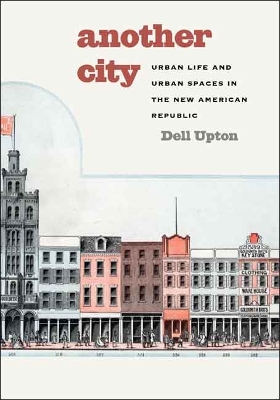An exploration of the beliefs, perceptions, and theories that shaped the architecture and organization of America's earliest cities
In the late 18th and early 19th centuries, burgeoning American cities like New Orleans and Philadelphia seemed increasingly chaotic. Noise, odors, and a feverish level of activity on the streets threatened to overwhelm the senses. Growing populations placed new demands on every aspect of the urban landscape-streets, parks, schools, asylums, cemeteries, markets, waterfronts, and more. In this unique exploration of the early history of urban architecture and design, leading architectural historian Dell Upton reveals the fascinating confluence of sociological, cultural, and psychological factors that shaped American cities in the antebellum years.Through contemporary travel accounts, diaries, and correspondence, as well as maps, architectural drawings, paintings, and prints-many previously unpublished--Upton investigates not only how buildings were designed, streets were laid out, and urban space was put to use, but also why. He offers original insights into the way cities were imagined, and an extensive selection of illustrations recreates the various features of the urban landscape in the nineteenth century.
- ISBN10 0300124880
- ISBN13 9780300124880
- Publish Date 2 September 2008
- Publish Status Active
- Publish Country US
- Imprint Yale University Press
- Format Hardcover
- Pages 416
- Language English
